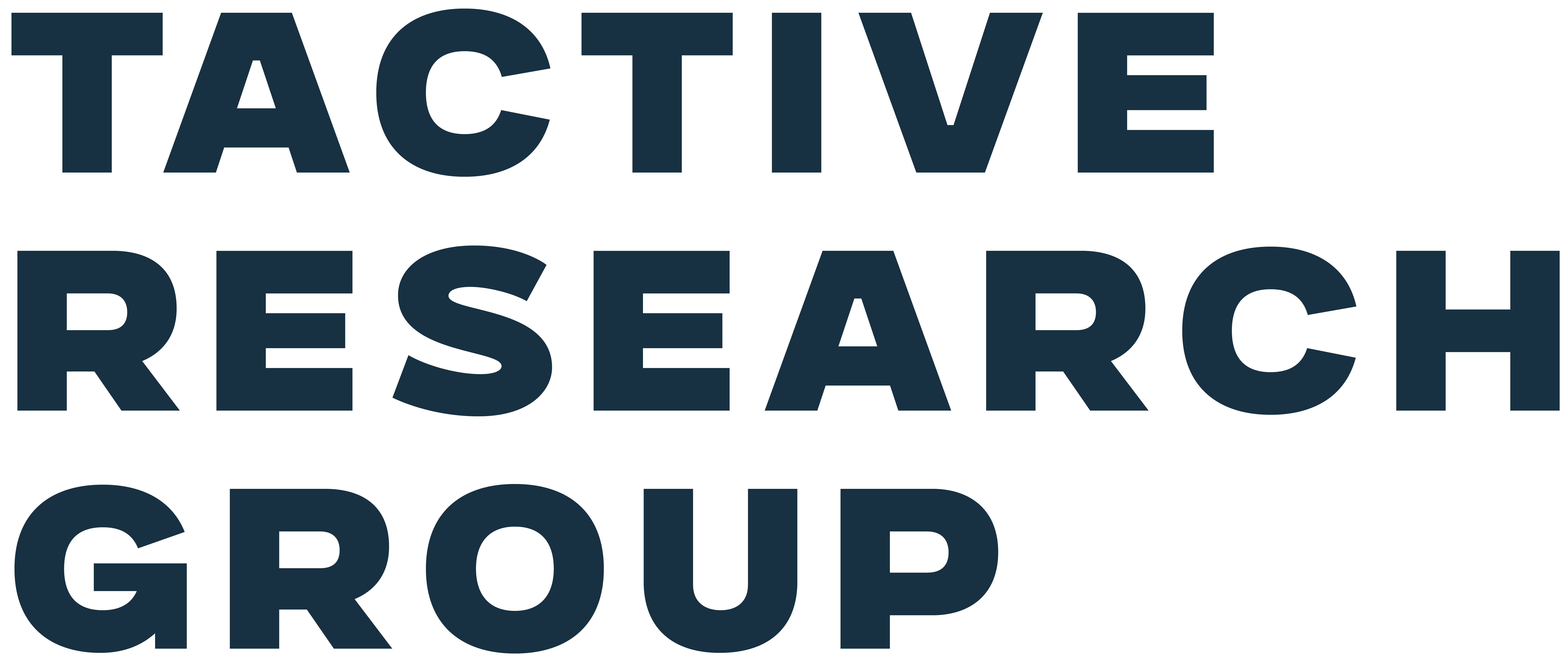The hijacking of Elmo’s X (formerly Twitter) account is a Muppet-sized reminder that brand identity on social media is a prime target for cyber threats. CIOs must recognize that social platforms are not just marketing megaphones; they are attack surfaces. Use quantitative models like FAIR to assess the business impact of social media breaches and avoid reputational whiplash. Incorporate brand-centric social media cyber risks into your enterprise risk model quantitatively.
Why You Should Care
- Social channels lead to business channels. Your organization’s social presence is part of your digital DNA. A breach like family-friendly Elmo’s X account takeover, that sent out anything but innocent messages, can result in reputational damage, consumer distrust, regulatory scrutiny, and financial loss. This is especially true when the platform is used for mental health outreach, executive communications, or PR.
- You can quantify it, yes, you can. FAIR and its related models, FAIR Controls Analytics Model (FAIR-CAM) and FAIR Materiality Assessment Model (FAIR-MAM), let you move from vague “high/medium/low” ratings to dollars and probability estimates. For instance, you can calculate expected loss from a hijacked brand account by analyzing threat actor capability, control strength (e.g., 2FA usage), and potential downstream revenue or reputation losses.
- Social Media attacks are fast, cheap, and impactful. MITRE ATT&CK techniques used in high-profile breaches like the Capital One attack and Elmo’s X account are well-documented and replicable. Cybercriminals favor low-effort, high-impact vectors, and your brand’s social credentials are often weakly defended.
- ERM (Enterprise Risk Management) must include cyber risk. As discussed in NISTIR 8286, social media breaches must be rolled into broader ERM portfolios. Risk registers (NISTIR 8286) and profiles should reflect the enterprise-level consequences of cyber events, especially those that go viral (literally and figuratively).
What You Should Do Next
- Apply the FAIR model to your organization’s social media threat surfaces.
- Simulate breach scenarios (like account takeover) and estimate business loss.
- Integrate results into enterprise-level cybersecurity risk registers and ERM dashboards.
Get Started
- Audit your accounts. Inventory official and semi-official brand-related social handles. Verify 2FA, access controls, and recovery procedures.
- Run a FAIR Assessment. Apply FAIR to simulate the annualized loss exposure of a social media breach.
- Build a risk register entry. Create a dedicated cybersecurity risk register item for brand identity threats tied to social accounts.
- Educate stakeholders. Translate cyber risk into board-friendly business metrics (dollars, downtime, reputation impact).
Learn More @ Tactive
- Make Your Backups Ransomware Resistant
- Fakes Everywhere: The Impact of Deepfakes on Insurance Fraud Detection
- Mastering Digital Trust: Strategies for a Secure and Reliable Business

